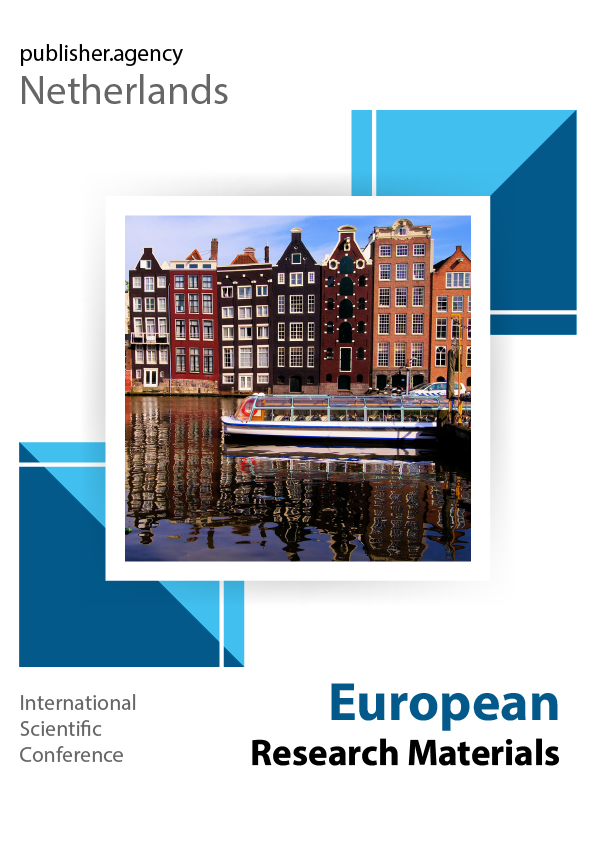Platform Grammar: Affordances, Algorithmic Mediation, and Structural Linguistic Innovation in the Digital Age
Keywords:
Digital sociolinguistics, platform affordances, multimodal communication, language and technology, platform governanceAbstract
This paper presents a focused, empirically grounded account of how platform affordances and algorithmic mediation drive structural linguistic innovation in contemporary digital interaction. Moving beyond descriptive inventories, the article analyzes three tightly linked mechanisms: (1) affordance-level selection (character limits, caption timing, sticker toolkits) that channels producers toward compression and orthographic creativity; (2) algorithmic mediation that privileges engagement-optimizing variants and thereby ties indexical meaning to measurable metrics; and (3) socio-political governance (moderation, deplatforming) that shapes both the survival and social meaning of emergent forms. Drawing on large-scale diffusion studies, multimodal corpus analyses, and qualitative investigations of user strategies to evade moderation, the paper shows that platform-specific grammars emerge through routinization of multimodal resources (emoji sequences, typographic elongation, caption prosody) and that diffusion trajectories are co-determined by network topology and identity dynamics rather than by either factor alone. Empirical anchors include an agent-based validation against a 10% Twitter sample that demonstrates complementary network/identity roles in urban versus rural diffusion, observational and experimental evidence that commercial speech and language technologies exhibit systematic differential performance for marginalised varieties (increasing WER), and interview-based documentation of “algospeak” as a reproducible counter-strategy to moderation. The paper concludes by outlining integrated methods (multimodal annotation + time-series modeling + governance auditing) necessary to separate genuine sociolinguistic innovation from algorithmic amplification and to provide ethically responsible mappings of digital language change
Published
How to Cite
Issue
Section
License
Copyright (c) 2025 European Research Materials

This work is licensed under a Creative Commons Attribution-ShareAlike 4.0 International License.

